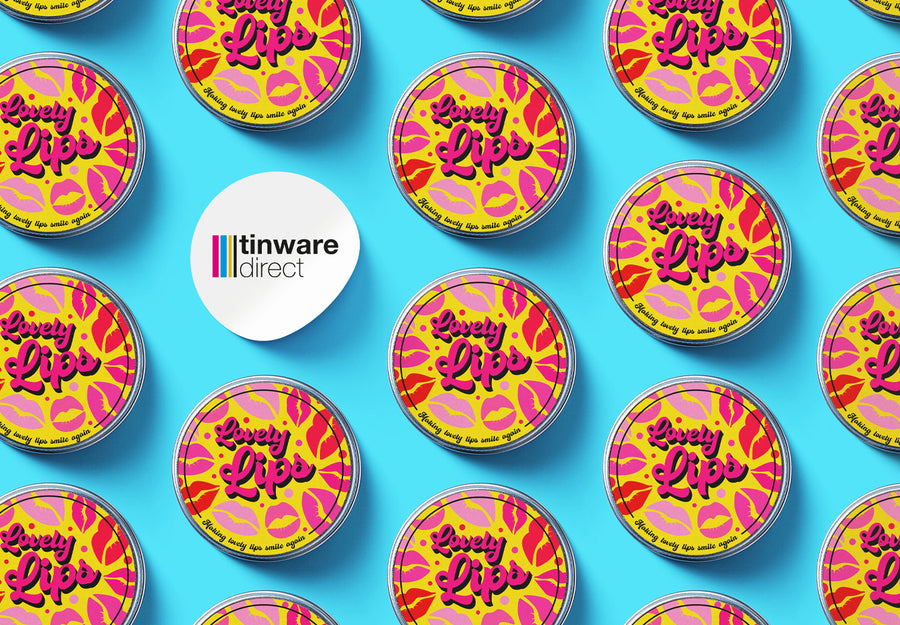Navigating the Future: Your Blueprint for Business Success

In this article, we’ll explore the reasons why forward-thinking is essential in business and share some practical tips on how to do it effectively.
WHY
Unleash Your Potential
Planning ahead in business is akin to possessing a magic key that unlocks the door to achieving key objectives. Whether it’s reaching your annual growth targets or leaving a lasting impression on customers and clients, forward planning provides a clear direction for you and your team. It guides you through everything from major changes to minor yet significant details. Remember, when setting objectives, they need to be SMART:
- Specific
- Measurable
- Achievable
- Relevant
- Timely
Keep Track of Your Progress
Planning ahead also enables you to monitor your business performance over time. It’s like having a crystal ball that reveals whether you’re on track to achieve your goals and if you’re taking the right steps for your company or brand. When tracking performance, remember to keep your KPIs in mind.
Harness the Power of Data
Forward planning allows you to tap into the vast reserves of data your business has accumulated. With most businesses now sitting on hundreds of terabytes of data from online tools like Google Analytics, are you making the most of this gold mine? Forward planning allows you to identify trends in your data and use these insights to shape future campaigns and strategies.
Prevent Disruptions and Delays
Disruptions and delays in your business model can lead to costly downtime. Planning ahead is like having a shield that protects your business from these setbacks. It could be as simple as creating a plan that outlines the steps you and your team should take if disaster strikes.
Boost Efficiency
Efficiency issues can tarnish your business’s reputation in the long run. A robust plan is like a well-oiled machine that keeps your business running smoothly, maximising efficiency and potential.
Mitigate Risk
Whether you’re managing a solo business or a large corporation, risk mitigation is a crucial part of your role. With a plan for the year ahead, you can anticipate and address issues and challenges that could increase risk in your business model.
Outshine Your Competitors
Did you know that 61% of managers struggle with day-to-day implementation of a strategy, even when they do plan ahead? If you can devise and execute the right plan, you could outperform a significant portion of your competitors. This is key if you’re aiming to grow your business over the next five years.
Reduce Stress
Stress can be a productivity killer. Planning ahead is like having a stress-relief pill for your team. It allows employees to focus on their tasks for the weeks and months ahead, rather than worrying about the next short-term task.
HOW
Now that you understand the benefits of planning ahead in business, let’s explore how you can bridge the gaps and transform your company strategy.Choose the Right Suppliers
To implement your plan, you need to rely on the right people. This includes outside companies, especially if you’re running an SME or managing a side hustle. For instance, if you’re looking for cosmetic packaging, you need a supplier that can deliver on time.
Leverage Data Tools
Data tools can help you predict future market patterns and improve your marketing or sales tactics. For example, you might want to invest in a warehouse management platform. You can use this to track your stock and ensure you always have the items customers want.
Plan Your Budget
Preparing your budget is another crucial step. With the right budget plan, you can ensure that you’re not overspending and maintain profitability. You can even course correct if your budget is stretched too thin.
Set a Schedule
Setting a schedule is another way to ensure you’re on track to reach your objectives. This could be as simple as planning what tasks to focus on at different times of the day or week. Solopreneurs should plan out their day similar to a 9 to 5 to maintain high levels of productivity.
Anticipate Seasonal Trends
It’s important to anticipate seasonal trends. For instance, while it may be hot and sunny outside, July is the perfect time to start planning for the Christmas season. This includes getting the right food and cosmetic packaging. Get your packaging early and you will avoid any delays that will drive your customers crazy.
Communicate Effectively
Effective communication is vital for planning ahead. This could involve scheduling monthly meetings or choosing outsourcing companies that are easy to reach for regular updates. During these meetings you can strategise marketing campaigns, sales objectives,
Train Your Staff
Training your staff is another important step. The right training will empower your team members to take full control of their own plans and deliver the results you need. Business owners often avoid training but these days it’s easy to keep the costs low and the ROI high. Online, remote training allows you to train staff on a schedule that fits your business requirements.
Conduct Reviews
We hope this guide helps you understand the vital importance of planning ahead in business. At Tinware Direct, we’re committed to helping our clients succeed with their business objectives. For more advice on business strategy, check out our monthly blog. Alternatively, contact our team today for advice on the right packaging for you. Remember, planning ahead can help you:
- Achieve your objectives
- Improve productivity
- Take pressure off your team
- Boost your profitability
So, are you ready to plan for success?







